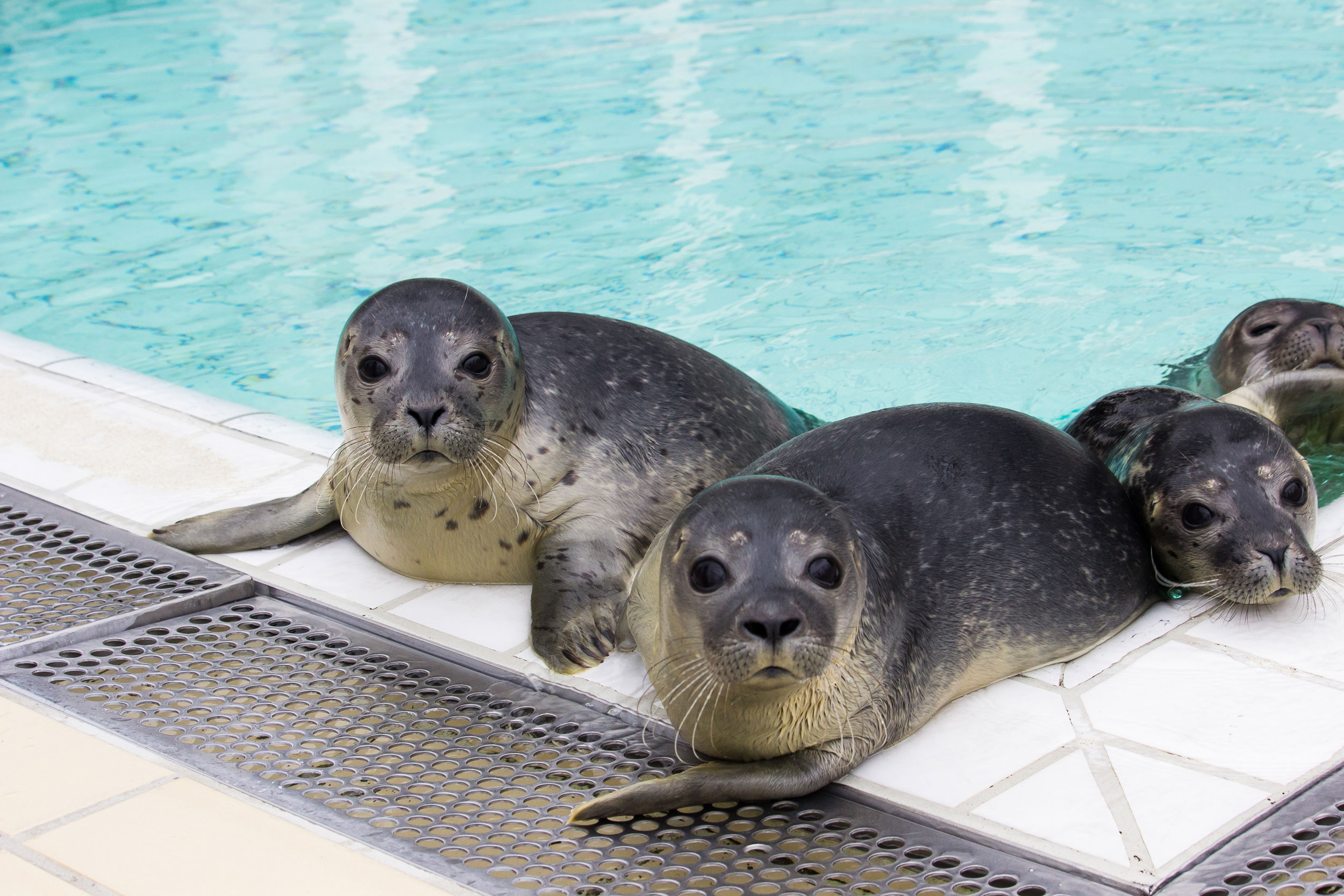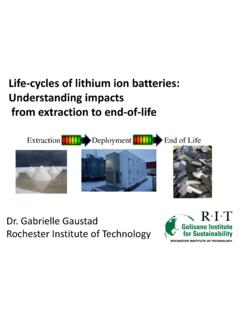50 Years Of Seal Rescue: Pieterburen Center Releases Final Animals

Table of Contents
A Half-Century of Seal Saving: The Pieterburen Center's History
The Pieterburen Seal Rescue Center, a beacon of hope for injured and orphaned seals along the Dutch coast, opened its doors in 1972. Founded by a small group of dedicated individuals passionate about marine wildlife, the center faced early challenges including limited resources and a lack of established rehabilitation techniques for these pinnipeds. Their initial motivation stemmed from witnessing the plight of seals entangled in fishing nets, suffering from disease, or abandoned by their mothers. The goal was simple yet ambitious: to rescue, rehabilitate, and release seals back into their natural habitat, contributing to the health of the wider seal population.
Over the decades, the Pieterburen Seal Rescue Center experienced significant growth and development:
- 1972: Founding of the Pieterburen Seal Rescue Center.
- 1980s: Development of specialized rehabilitation techniques, including advancements in nutrition and veterinary care for harbor seals and grey seals.
- 1990s: Increased public awareness campaigns and educational programs, fostering a greater understanding of seal conservation among the Dutch public. This involved creating educational materials and organizing public events.
- 2000s: Collaboration with international organizations for seal conservation, sharing best practices and research findings with other seal rescue centers globally. This fostered a network of expertise and collaboration.
- 2010s - 2020s: Advances in veterinary care, including improved diagnostic tools and treatment protocols, leading to higher seal survival rates. Release strategies were also refined to maximize the chances of successful reintegration into the wild.
The Impact on Seal Populations: Rehabilitation and Conservation Efforts
The Pieterburen Seal Rescue Center's impact on seal populations is undeniable. Over its 50 years, the center successfully rescued and rehabilitated thousands of seals, giving these vulnerable creatures a second chance at life. This involved careful monitoring of their health, providing specialized diets, and gradually introducing them back to the wild environment. The center played a crucial role in research and data collection on seal health and behavior, providing valuable insights into the challenges faced by these animals. This data informed conservation strategies and helped identify key threats to seal populations, such as pollution and habitat loss.
Specific conservation programs implemented by the Pieterburen Seal Rescue Center include:
- Thousands of seals successfully rehabilitated and returned to the wild, contributing significantly to the local seal populations.
- Contributions to scientific understanding of seal diseases and threats, leading to more effective prevention and treatment strategies.
- Collaboration with researchers to monitor reintroduced seal populations, ensuring their long-term survival and adaptation back into their natural environment.
- Development of effective strategies for preventing seal strandings, including public awareness campaigns and collaborations with fishing communities.
The Legacy of Pieterburen: Inspiring Future Marine Animal Rescue
The Pieterburen Seal Rescue Center's influence extends far beyond the Dutch coast. Its expertise and dedication have inspired countless other seal rescue organizations worldwide. The center actively shared its knowledge and best practices, training personnel from other institutions and fostering a global network of collaboration within the marine animal rescue community.
The center's long-term impact on public awareness is also significant. Its educational programs have educated generations about seal conservation, inspiring a greater appreciation for these animals and their vital role in the marine ecosystem.
The lasting contributions of the Pieterburen Seal Rescue Center include:
- Training of personnel for other seal rescue centers, ensuring the continuation of vital rescue and rehabilitation efforts globally.
- Sharing of best practices for seal rehabilitation and release, advancing the field and improving the survival rates of rescued seals.
- Establishment of a valuable archive of research and data, providing a crucial resource for future generations of marine conservationists and researchers.
- Inspiration for future generations of marine conservationists, igniting a passion for protecting marine wildlife and contributing to a healthy ocean ecosystem.
The Final Release: A Farewell to the Pieterburen Seal Rescue Center
The final release of the seals from the Pieterburen Seal Rescue Center was a poignant moment, marking the end of an era. The event was filled with both sadness and a sense of accomplishment, as staff, volunteers, and supporters gathered to witness the return of these rehabilitated animals to their natural home. Quotes from staff emphasized the bittersweet nature of the closing, highlighting the pride in their work and the sadness of saying goodbye.
The decision to close the center was likely driven by a combination of factors, perhaps including funding challenges, changing conservation priorities, and the successful establishment of other effective seal rescue organizations. While the Pieterburen Seal Rescue Center is closing, there are plans to preserve its legacy. This might involve creating a museum exhibit documenting its history and achievements, or archiving its research data to ensure that its valuable contributions continue to inform future marine conservation efforts.
Conclusion
The closure of the Pieterburen Seal Rescue Center after 50 years marks a significant moment in marine conservation history. Its incredible work rehabilitating thousands of seals and contributing vital research has had a lasting impact on seal populations and the field of marine animal rescue. While the center may be closing its doors, its legacy of dedication and expertise will continue to inspire future efforts in seal conservation. Let's honor the Pieterburen Seal Rescue Center's legacy by supporting other marine animal rescue organizations and continuing the crucial work of protecting these magnificent creatures. Learn more about the Pieterburen Seal Rescue Center's legacy and how you can contribute to similar organizations dedicated to seal conservation.

Featured Posts
-
 The Unending Nightmare Gaza Hostage Crisis And Its Impact On Families
May 13, 2025
The Unending Nightmare Gaza Hostage Crisis And Its Impact On Families
May 13, 2025 -
 The Unending Ordeal Gaza Hostage Situation And Its Impact On Families
May 13, 2025
The Unending Ordeal Gaza Hostage Situation And Its Impact On Families
May 13, 2025 -
 Analiz Obnovlennykh Standartov Po Fizike I Khimii V Doshkolnom Obrazovanii
May 13, 2025
Analiz Obnovlennykh Standartov Po Fizike I Khimii V Doshkolnom Obrazovanii
May 13, 2025 -
 Understanding Life Cycles Lessons From Campus Farm Animals
May 13, 2025
Understanding Life Cycles Lessons From Campus Farm Animals
May 13, 2025 -
 Double Trouble In Hollywood The Impact Of The Combined Writers And Actors Strike
May 13, 2025
Double Trouble In Hollywood The Impact Of The Combined Writers And Actors Strike
May 13, 2025
